NASA’s Jet Propulsion Laboratory will be hosting the Techstars Starburst Space Accelerator in the heart of Southern California’s Commercial Space hub. Startups are invited to apply now!


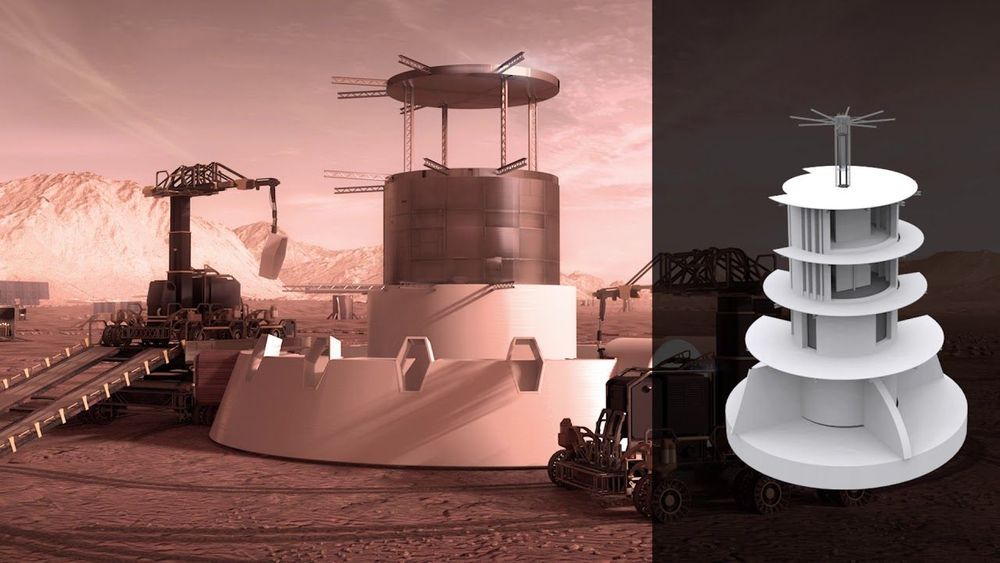
It’s a fascinating competition that paints an incredibly detailed picture of what the future of Moon or even Mars exploration could look like one day — and we’ve never been closer to that future.
READ MORE: Top Three Teams Share $100,000 Prize in Complete Virtual Construction Level of 3D-Printed Habitat Challenge [NASA]
More on the Challenge: Here Are The Finalists For NASA’s Mars Habitat Design Competition.
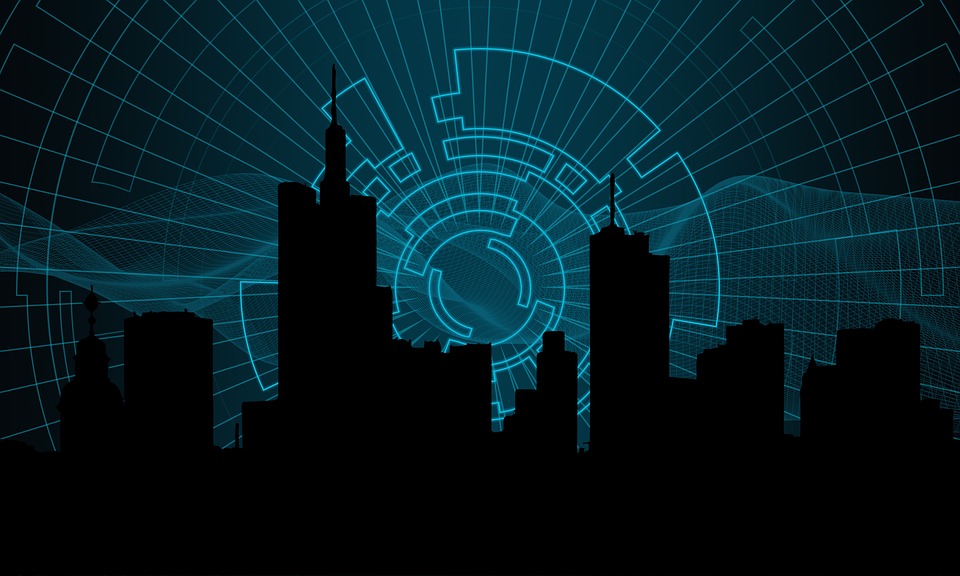
The city of the future is a symbol of progress. The sci-fi vision of the future city with sleek skyscrapers and flying cars, however, has given way to a more plausible, human, practical, and green vision of tomorrow’s smart city. Whilst smart city visions differ, at their heart is the notion that in the coming decades, the planet’s most heavily concentrated populations will occupy city environments where a digital blanket of sensors, devices and cloud connected data is being weaved together to build and enhance the city living experience for all. In this context, smart architecture must encompass all the key elements of what enable city ecosystems to function effectively. This encompasses everything from the design of infrastructure, workspaces, leisure, retail, and domestic homes to traffic control, environmental protection, and the management of energy, sanitation, healthcare, security, and a building’s eco-footprint.
The world’s premier cities and architects are competing to design and build highly interconnected smart environments where people, government and business operate in symbiosis with spectacular exponentially improving technologies such as big data, the Internet of Things (IoT), cloud computing, hyperconnectivity, artificial intelligence (AI), robots, drones, autonomous green vehicles, 3D/4D printing, smart materials, and renewable energy. The architectural promise of future smart cities is to harmonize the benefits of these key disruptive technologies for society and provide a high quality of life by design. Some have already implemented smart city architecture and, as the concepts, experiences and success stories spread, the pursuit of smart will become a key driver in the evolving future of cities as communities and economic centres. Here we explore some of the critical trends, visions, ideas, and disruptions shaping the rise of smart cities and smart architecture.
Smart Cities – Purpose, Engagement and Vision
The evidence to date from smart city and smart architecture initiatives around the world is that the best results come when we have a clear sense of what the end goal is. However, in a fast-changing world, it can be hard to develop a clear future vision and strategy when stakeholder goals are not aligned, where every sector is being disrupted and all our planning assumptions are being challenged. A city vision might take 5–15 years to roll out – for many businesses and individuals it is almost impossible to think about their needs 24 months from now. However, the challenge must be overcome and City governments have to work together with architects to create inclusive processes that inform citizens about the forces shaping the future and the possibilities on the horizon, and then engage the population in dialogue concerning the kind of future city we want to create. We have to explore what a liveable city means to its people and be clear on how we will design and build the structures to support that vision. Alongside this we need to articulate a clear vision and direction around education, environment, public services, access to justice, city administration, and civic engagement. These pillars then provide the guiding requirements which will in turn influence the design of the physical, digital and human elements of the infrastructure and building architectures that enable a smart city.
Big Data: Smart Architecture to Power a City
Smart cities are designed to inform decisions by capturing massive amounts of data about the population and its patterns, such as water use and traffic flows. This information gathering results in big data, which is essentially gathered via different forms of surveillance. The ease and affordability of cameras, sensors, AI and advanced analytics in the future will mean this data gathering function may become completely automated. Indeed, the data will be collated from a constantly evolving and expanding IoT, encompassing traffic lights and cameras, pollution sensors, building control systems, and personal devices – all literally feeding giant data stores held in the cloud. The ability to crunch all this data is becoming easier due to rampant growth in the use of devices, algorithms, AI, and predictive software that all run on networks of high performance computing and storage devices.
Singapore is a leading example of a smart city, and is constantly evolving its “city brain,” a backbone of technologies used to help control pollution, monitor traffic, allocate parking, communicate with citizens, and even issue traffic fines. Singapore’s “brain” is also attempting to modify human behaviour. For example, one system rewards drivers for using recommended mapped routes, and punishes those who do not. Now imagine expanding this use of big data into human foot traffic around and within the very buildings of a city. For years now, companies like Pavegen and Veranu have been developing flooring that harvests the energy of walking and converts it into electricity. By analysing foot traffic patterns, smart architects may actually design entire buildings powered solely by their inhabitants’ movements.
Internet of Things: Redesigning Spaces
Smart cities rely on advanced technology to make sense of massive arrays of data. Indeed, the amount of information on the internet is expected to grow exponentially as a result of the IoT. Essentially IoT means that everything (“things”) – and potentially everyone – will be networked beacons and data collection devices, gathering data on ambient and behavioural patterns from our surroundings – feeding this information to the city brain in the cloud. Hence, after data, the IoT is the second driving force behind the rise of smart infrastructure: For everything from air conditioning to parking meters to function effectively and seamlessly in a smart city, the use of microphones, sensors, voice recognition, and all sorts of other high-tech gadgetry must be hooked up to the IoT.
Architects and planners are already beginning to explore the possibilities – indeed, technology players like IBM, Hitachi and Cisco are all betting big on IoT-enabled smart buildings. Exhaustive monitoring of internal building conditions offers the potential to provide future occupants with seamlessly and continuously optimised living conditions while reducing energy and space wastage. Today’s smart sensors can recognise occupancy patterns and movement to switch on air conditioning or lights for a person before they even enter a room, and shut off these systems as they exit. The more we know about the specific individuals, the more we can tailor those setting to their personal preferences.
In the near future, buildings will potentially be built on a smart IoT grid that monitors, controls and automates smart lighting and intuitive HVAC to create the perfect environment while drastically decreasing energy wastage. Furthermore, IoT devices combined with big data analysis may help architects redesign and readapt buildings to minimise energy wastage, and maximise space usage — both shrinking resources in our every growing cities. Single use facilities like meeting rooms – traditionally unused for periods of time – may be redesigned as multipurpose spaces that support a whole host of day-to-day business activities based on analyses of data gathered via IoT. Indeed, a smart building may even take on the management of meeting rooms to sell vacant space to third party users on a per minute basis.
Sustainability: Smart Building Materials
Finally, from architectural design perspective, all this data and awareness will enable decisions that make the best possible use of all material resources with an emphasis on sustainability. This is a very logical outcome and benefit of the merging of big data, AI and IoT which is feeding into the rise of smart architecture.
Given that the UK has recently broken energy use records with solar meeting almost a quarter of energy demands, there is significant potential for the sun to become a mainstream power source in current and future building designs. There is also a new scientific forecasting tool to predict solar weather, which will make the rollout of solar on buildings (and in homes) a more feasible option. Eventually, with a growing array of such distributed power solutions, a centralized energy distribution grid for homes and businesses may not be necessary.
Additionally, the exponential growth in and reduced cost of solar technology may lead to entire cities designed to generate their own electricity. Rather than glass windows, skyscrapers could be covered in transparent solar panels that, through IoT monitoring, turn slightly opaque as the sun moves over them throughout the day, allowing the darker panels to not only gather more energy, but also shade the building’s inhabitants and decrease cooling costs. Researchers at RMIT University in Australia are currently working on a solar paint that absorbs moisture from the air and turns it into hydrogen fuel, one of the cleanest sources of energy available. Soon, architects may begin designing buildings based around maximising the benefits of these next generation ‘smart’ materials.
Cities Get Smart
The smart city movement has the potential to transform the organisation of people, materials, and physical objects in a way that transcends urban development as we know it. The shift to smart architecture is not simply fashionable or aspirational; in many ways, it appears to be a critical enabler of the future sustainability of cities. It can be argued that the future of human life on the planet rests on a smooth transition to cities that are more efficient, less wasteful, and more conscious of the impacts of the individual upon the greater good.
It is now possible to create and deliver a city vision with citizens at its heart and that is enabled by forward thinking infrastructure coupled with judicious use of enabling technologies. A well thought through vision, enabled by robust and well-executed smart architecture, could provide a foundation stone for the next stage of our development, where science and technology are genuinely harnessed in service of creating a very human future.
About the authors:
The authors are futurists with Fast Future who specialise in studying and advising on the impacts of emerging change. Fast Future also publishes books from future thinkers around the world exploring how developments such as AI, robotics and disruptive thinking could impact individuals, society and business and create new trillion-dollar sectors. Fast Future has a particular focus on ensuring these advances are harnessed to unleash individual potential and enable a very human future. See: www.fastfuture.com
Rohit Talwar is a global futurist, keynote speaker, author, and CEO of Fast Future where he helps clients develop and deliver transformative visions of the future. He is the editor and contributing author for The Future of Business, editor of Technology vs. Humanity, and co-editor of a forthcoming book on Unleashing Human Potential–The Future of AI in Business.
Steve Wells is the COO of Fast Future and an experienced Strategist, Futures Analyst, and Partnership Working Practitioner. He is a co-editor of The Future of Business, Technology vs. Humanity, and a forthcoming book on Unleashing Human Potential–The Future of AI in Business.
April Koury is a foresight researcher, writer, and publishing director at Fast Future. She is a contributor to The Future of Business, and a co-editor of Technology vs. Humanity, and a forthcoming book on 50:50–Scenarios for the Next 50 Years.
Alexandra Whittington is a futurist, writer, faculty member on the Futures programme at the University of Houston, and foresight director at Fast Future. She is a contributor to The Future of Business and a co-editor for forthcoming books on Unleashing Human Potential–The Future of AI in Business and 50:50–Scenarios for the Next 50 Years.
Maria Romero is a futurist and foresight researcher with Fast Future. A recent graduate from the University of Houston Master in Foresight, Maria has worked on projects for consultants, NGOs, for-profit organisations, and government clients. She is currently working on a study of AI in business.

Livingston is sitting comfortably in his office in Portland, Oregon, when he appears on the screens inside the car and announces he’ll be our teleoperator this afternoon. A moment later, the MKZ pulls into traffic, responding not to the man in the driver’s seat, but to Livingston, who’s sitting in front of a bank of screens displaying feeds from the four cameras on the car’s roof, working the kind of steering wheel and pedals serious players use for games like Forza Motorsport. Livingston is a software engineer for Designated Driver, a new company that’s getting into teleoperations, the official name for remotely controlling self- driving vehicles.
Designated Driver is just the latest competitor to enter the market for the teleoperation tech that will make robo-cars work.
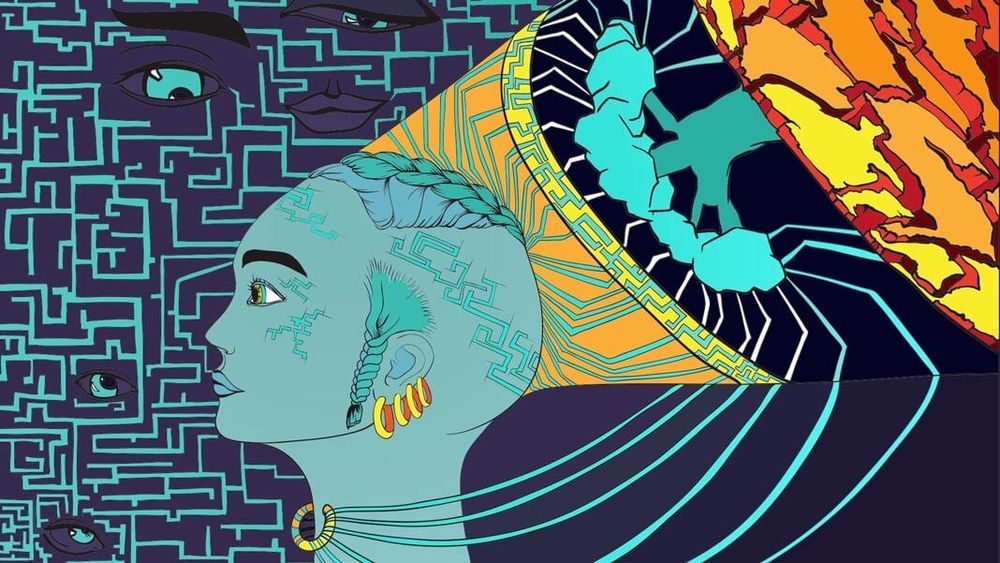
Dr. Been Kim wants to rip open the black box of deep learning.
A senior researcher at Google Brain, Kim specializes in a sort of AI psychology. Like cognitive psychologists before her, she develops various ways to probe the alien minds of artificial neural networks (ANNs), digging into their gory details to better understand the models and their responses to inputs.
The more interpretable ANNs are, the reasoning goes, the easier it is to reveal potential flaws in their reasoning. And if we understand when or why our systems choke, we’ll know when not to use them—a foundation for building responsible AI.
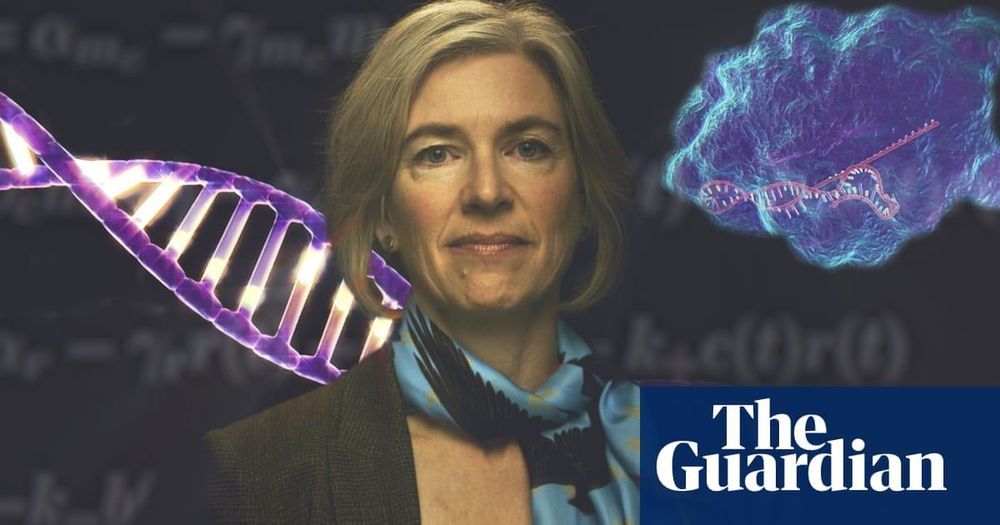
Prof Jennifer Doudna, one the pioneers of Crispr-Cas9 gene editing, explains how this revolutionary discovery enables precise changes to our DNA, which can be used to correct mutations that cause genetic diseases and eradicate them from a germ line. Doudna raises the key issues of debate around gene editing and suggests what will have the most immediate impact.

Everything you see around you is made up of elementary particles called quarks and leptons, which can combine to form bigger particles such as protons or atoms.
But that doesn’t make them boring – these subatomic particles can also combine in exotic ways we’ve never spotted.
Now CERN’s LHCb collaboration has announced the discovery of a clutch of new particles dubbed “pentaquarks”. The results can help unveil many mysteries of the theory of quarks, a key part of the standard model of particle physics.

You might think we’re not in Texas anymore but in some strange episode of Black Mirror, the Netflix series, says Nikos Acuna who is moderating this SXSW panel on transhumanism.
In fact you’d be forgiven if you did as there is talk about cryo-preserving the body after being declared dead, in the hopes you can be resurrected when the science is here to safely defrost your body and cure you of your ailments. There is also talk on mind uploading, and replacing parts of our brains with neural prosthetics. This all sounds like science-fiction but these days the stuff of science fiction has become fact.
Transhumanist technologies are about overcoming the limitations of human biology and Dr Max More and Dr Randal Koene are at the forefront of these technologies.
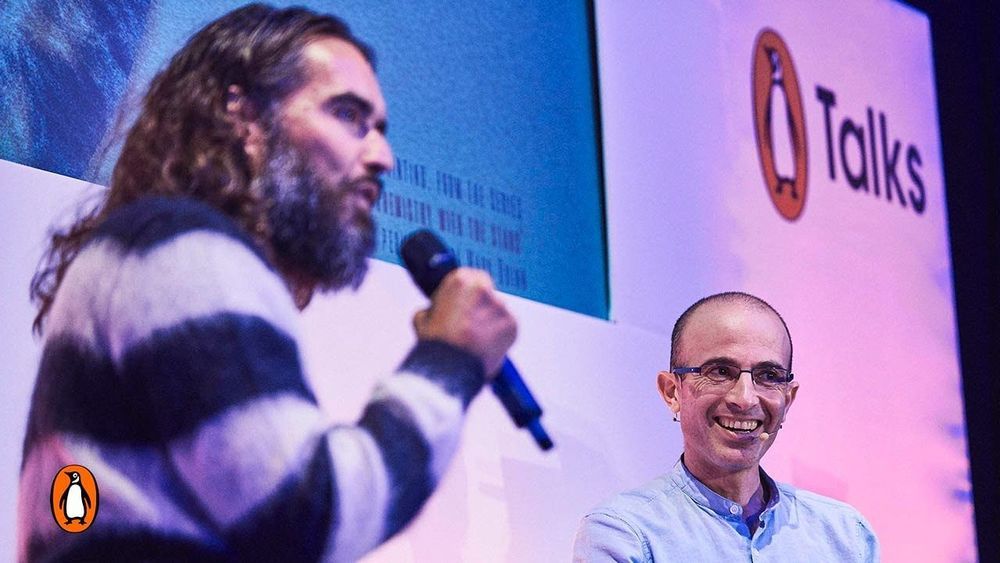
The Singularity is Near.
The first 500 people to click this link get 2 months of Skillshare for free: http://skl.sh/justwrite5
Support the channel here: https://www.patreon.com/justwrite
For fifteen years, I’ve assumed that the Matrix Sequels were irredeemable failures. But looking back on them with fresh eyes reveals a pair of films that are exhilarating, interesting, and sometimes hilarious. In this video I try to make sense of these two movies, and what they have to say about free will and the systems that control society.
Join the community!
Website ▶ https://www.justwritemedia.com
Twitter ▶ https://www.twitter.com/SageHyden
Facebook ▶ http://ow.ly/6u9Z30iyp8J
Works Cited:
DRAGUNOIU, DANA. “Neo’s Kantian Choice: ‘The Matrix Reloaded’ and the Limits of the Posthuman.” Mosaic: An Interdisciplinary Critical Journal, vol. 40, no. 4, 2007, pp. 51–67. JSTOR, JSTOR, www.jstor.org/stable/44030393. https://www.jstor.org/stable/44030393?read-now=1&loggedin=true&seq=1#metadata_info_tab_contents
For more on Immanuel Kant’s Categorical Imperative read: Groundwork of the Metaphysics of Morals.
More Matrix analysis:
BY HANK PELLISSIER
Hank Pellissier
Editor’s Note: The U.S. Transhumanist Party / Transhuman Party features this proposal by our member Hank Pellissier for a new website called Paradise2040, which will focus on the abolition of involuntary suffering and incremental ways of getting there within the next 21 years. This is an endeavor supported by Article IV of the Transhumanist Bill of Rights, Version 3.0. It is also a current within transhumanist thinking that, as Mr. Pellissier points out, could bring additional support to the movement. Different transhumanists will have different views as to what the most important aims of transhumanism should be. As an organization that embraces pluralism and diversity of thought, the U.S. Transhumanist Party / Transhuman Party would encourage any of our members who agree with the direction Mr. Pellissier proposes to collaborate with him on the creation of the Paradise2040 website.
~ Gennady Stolyarov II, Chairman, United States Transhumanist Party / Transhuman Party, March 25, 2019
A survey I conducted in 2010 of 818 transhumanists identified “brain enhancement” as the #1 priority, with “maximizing” health and life extension as #2 and #3. The top three “values” of the U.S. Transhumanist Party (the Core Ideals) are #1) Life Extension, #2) “a cultural, societal, and political atmosphere informed and animated by reason, science, and secular values”, and #3) “to reduce and eliminate existential risks.”